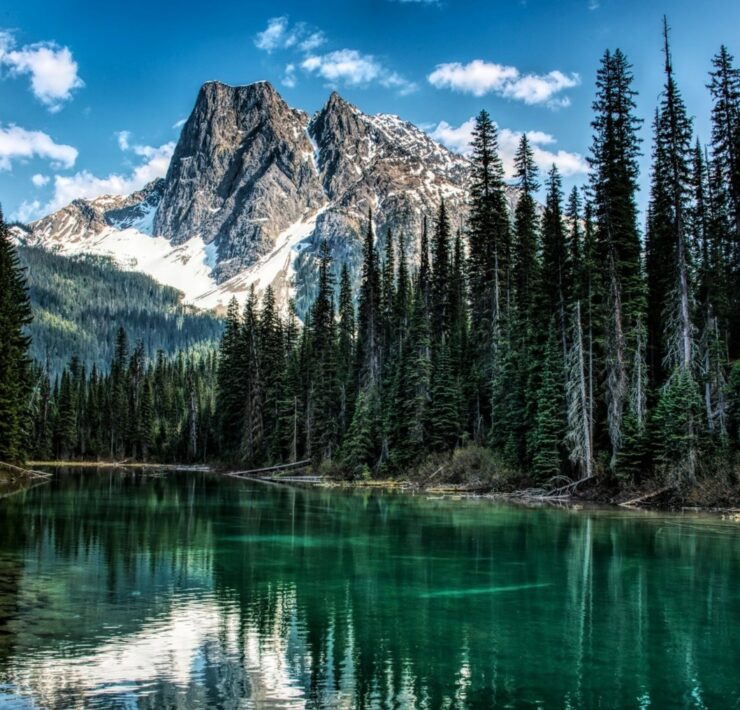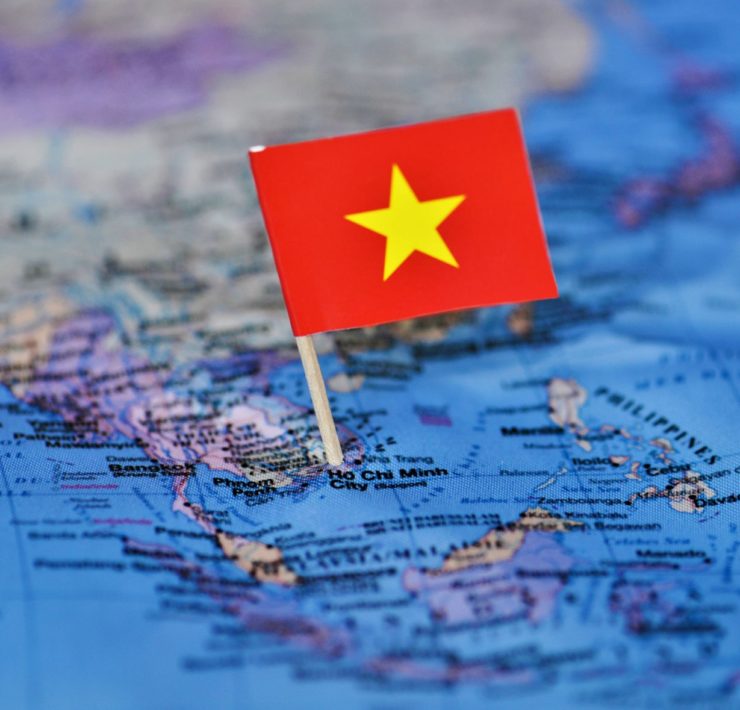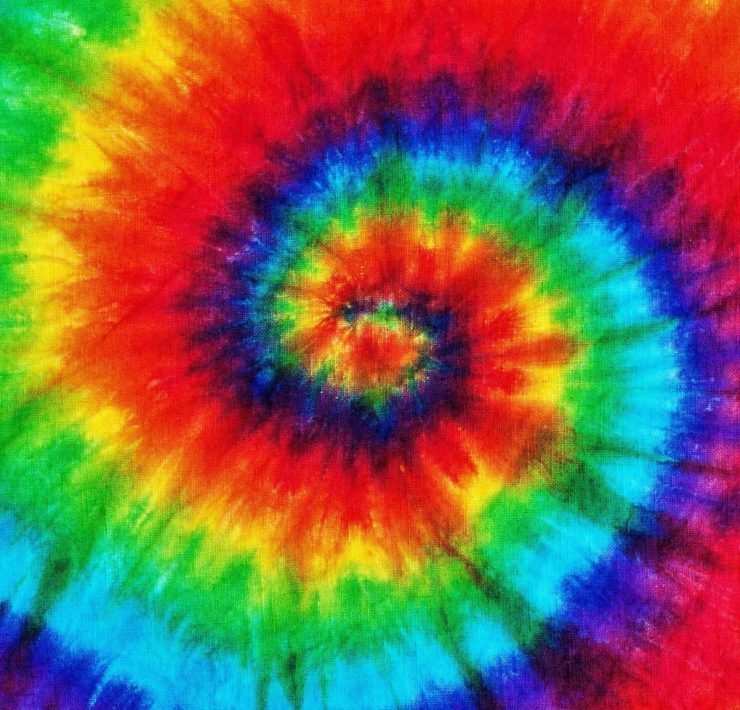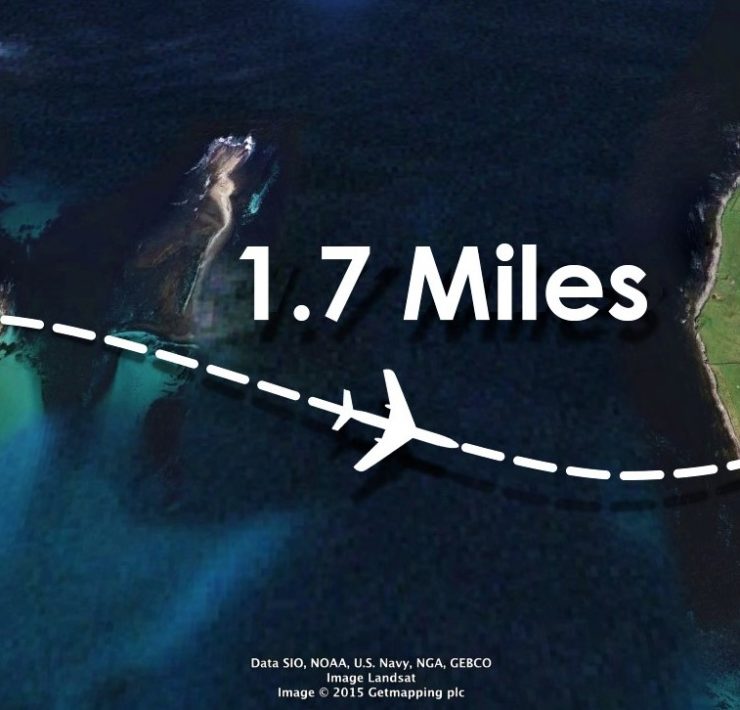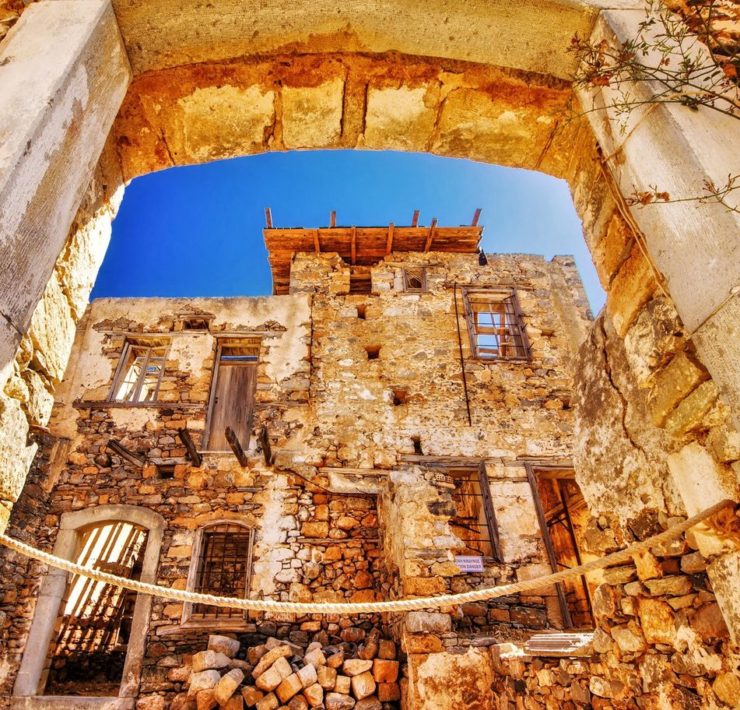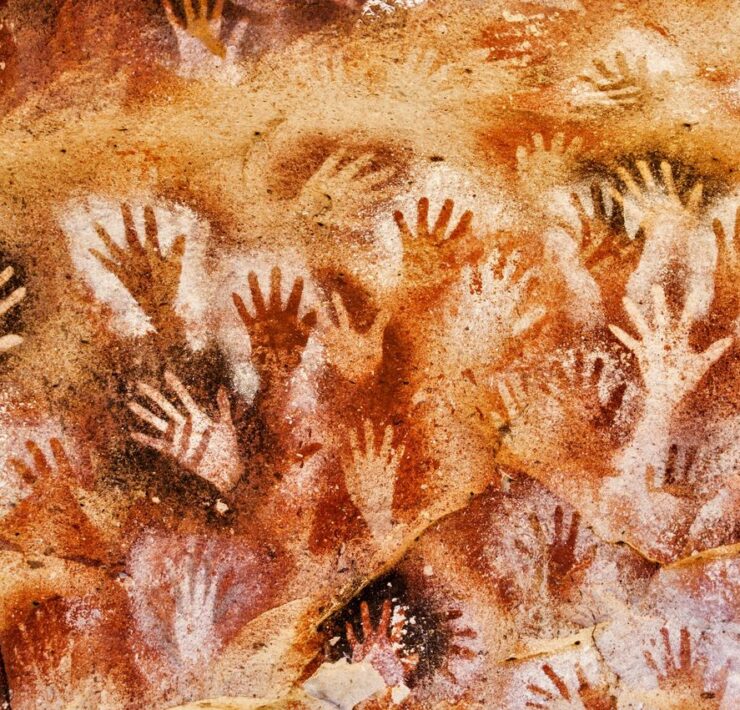The Kuthiny Baty Valley of White Stones sits within the Kamchatka Wildlife Refuge, at the southern tip of the Kamchatka Peninsula in Russia. This valley was formed several thousand years ago when a massive volcanic explosion shook the entire area. During the explosion, an enormous amount of the ejected material created a thick layer of deposits all over the countryside. There was also a huge amount of ash spread out throughout the surrounding area, creating a layer that was around five centimeters thick.
Because of the amount of pyroclastic materials that was blown into atmosphere, it has been estimated by scientists that the volcanic eruption was about eight times more violent than even the Krakatoa eruption in 1883 in Indonesia that caused a serious climatic impact on the earth. This volcano removed somewhere between 140 and 170 cubic kilometers of materials. The lava reached the Okhotsk and Pacific Sea costs, surrounding the peninsula.
About three kilometers to the west of Kurile Lake on Ozernaya River, the pyroclastic flow deposit has reached an area about one hundred meters thick. Because of this, the spectacular rock valley has become eroded and completely scattered with obelisks, that appear to look like boats that are standing up, which is where the name Kuthiny Baty comes from, as it means “standing boat” in Russian. It is said by the native legend that these “boats” belong to the God and the one whom created the Kamchatka.
Because of this beautiful scenery of the crater, created by a natural disaster, The Kurile Lake has become a national monument, as well as a wildlife preserve. It is now a World Heritage Site of UNESCO. Because it is 77 square kilometers, this is the third largest lake in Kamchatka. It’s the second largest freshwater lake, as it is fed by a few streams, rivers, melted snow and rain. The lake flows into the Ozernaya River, then to the Okhoystk Sea.
A few islands in the lake were also affected by the volcanic eruption. The largest is Samang at .66 kilometers squared. Other surrounding items include Glinyanii, Nizkii, and Serdtse. With all of the natural activity in the area, hot mineral springs are included.
The Valley of White Stones is also known as the Valley of Pumice, which is a porous and very light volcanic rock, formed when the froth of glassy lava becomes a solid extremely quickly. Pumice stone is very useful and valuable in many different areas of business, whether it is for beauty reasons or smoothening out, or cleaning pieces of machinery.
If one would enjoy visiting the beautiful scenery of craters and the Stone Valley, they may not be able to catch a glimpse of the wonders due to the veil of fog and thick clouds. When the sky finally becomes clear, however, the powdered tips of the volcanoes can appear above and through the clouds. This view makes it one of the most sought after tourist sites in the area.
When On Earth Magazine is for people who love travel. We provide informative travel guides, tips, ideas and advice regarding places to see, things to do, what to taste, and much more for world travelers seeking their next dream vacation destination.

